Team productivity is crucial for the success of any organization. When teams work efficiently, they can achieve their goals faster, increase their output, and improve the quality of their work. However, ensuring high team productivity is not always easy, and many factors can affect it, such as poor communication, lack of motivation, and inadequate resources.
In this blog post, we will explore proven tips to boost team productivity. We will discuss strategies that managers and team leaders can implement to motivate their teams, streamline their workflows, and ensure effective communication. By following these tips, teams can work more efficiently, collaborate better, and achieve their goals with greater ease.
Understanding Team Productivity
Team productivity is a critical component of organizational success. A team that works together efficiently and collaboratively can achieve its goals faster, produce higher-quality work, and improve overall business performance. However, ensuring high team productivity is not always straightforward and requires careful attention from team leaders and managers. In this section, we will explore the definition of team productivity, the factors that influence it, the common challenges that hinder it, and the impact it can have on business success. That’s why understanding team productivity can be defined in different terms below.
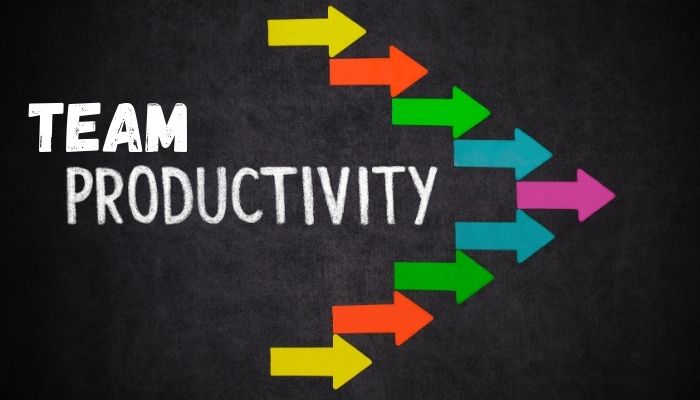
Definition of team productivity:
Team productivity refers to the level of output or performance that a group of individuals can achieve when working together towards a common goal. It is measured by the amount of work completed, the quality of the work produced, and the level of efficiency in which it is executed.
Factors that affect team productivity:
Several factors can influence team productivity, including the team’s size and composition, the availability and quality of resources, the level of collaboration and communication, and the team’s motivation and engagement.
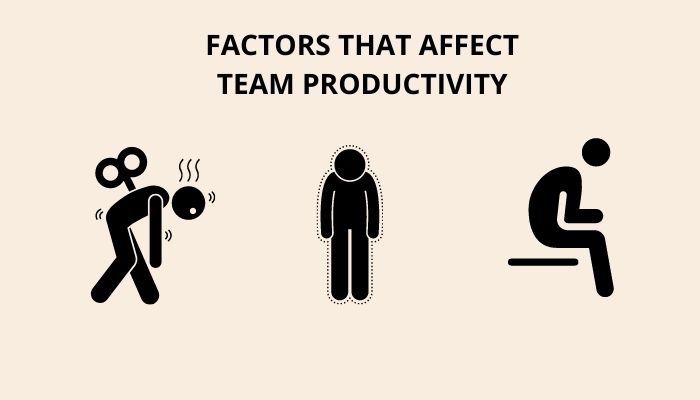
Common challenges that hinder team productivity:
Challenges that can hinder team productivity include poor communication, lack of clear goals and objectives, inadequate resources or training, conflicting priorities, and ineffective leadership.
How team productivity impacts business success:

Team productivity is a crucial driver of business success. When teams work efficiently and effectively, they can achieve their goals faster and produce higher-quality work, leading to increased customer satisfaction and higher revenues. Additionally, high team productivity can lead to improved morale, engagement, and retention rates among team members, reducing turnover and recruitment costs.
How can Management help Boosting Team Productivity?
Effective team management is crucial for boosting productivity in organizations. Managers who prioritize building strong teams and creating a positive work environment can help their teams perform at their best. In this section, we will explore the importance of effective team management in boosting productivity, the different types of team management approaches and their impact on productivity, and how managers can establish effective team management practices to enhance their team’s performance.
Importance of effective management in boosting team productivity:
Effective team management can have a significant impact on team productivity. Managers who provide clear goals and objectives, ensure efficient communication and collaboration, and provide adequate resources and support can motivate their team members to work efficiently and effectively. Additionally, effective team management can help to build trust and cohesion among team members, leading to increased job satisfaction and reduced turnover.
Different types of team management approaches and their impact on team productivity:
Different management approaches can have different impacts on team productivity. Autocratic management styles, where managers make all decisions without input from team members, can lead to reduced motivation and engagement. In contrast, democratic management styles, where team members have a say in decision-making, can lead to increased engagement and collaboration. Transformational leadership, where managers inspire and motivate their teams, can also have a positive impact on team productivity.
How to establish effective team management:
To establish effective team management, managers can start by setting clear goals and objectives, providing regular feedback and coaching, and promoting open communication and collaboration. Additionally, managers must ensure team members’ required access to the resources and support, and that there is a positive and inclusive work culture. Finally, managers should lead by example, demonstrating the behaviors and attitudes they expect from their team members.
Time Management Tips for Team Productivity

Effective time management is a crucial element of team productivity. When teams manage their time effectively, they can complete tasks efficiently, meet deadlines, and produce higher-quality work. However, time management can be a challenging skill to master, especially when working in a team environment. In this section, we will explore the importance of time management in boosting team productivity and provide different time management techniques for teams, tips to improve time management, and tools and apps that can help teams manage their time more effectively.
Different time management techniques for teams:
– Pomodoro Technique: This involves breaking work into intervals of 25 minutes, followed by a 5-minute break, to maintain focus and productivity.
– Time Blocking: This involves scheduling specific times for certain tasks to help teams stay organized and focused.
– Prioritization: This involves identifying the most important tasks and completing them first, to ensure that essential work is done.
Tips to improve time management in teams:
– Set realistic goals and deadlines
– Minimize distractions, such as emails and phone calls
– Use time-tracking tools to monitor how much time is spent on each task
– Encourage breaks to avoid burnout
– Delegate tasks to team members with the right skills and expertise.
Tools and apps for time management in teams:
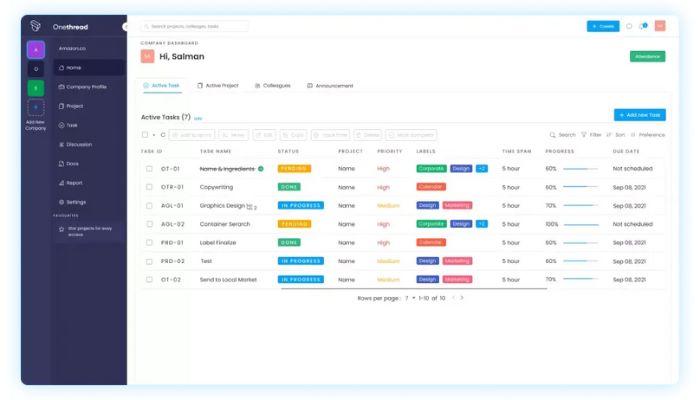
- Onethread: Onethread is a comprehensive software suite designed to streamline project management, communication, and collaboration within organizations, providing a centralized platform for teams to coordinate and execute tasks effectively.
- Trello: A project management tool that helps teams manage tasks, deadlines, and priorities.
- Asana: A collaboration tool that allows teams to manage tasks, track progress, and communicate with each other.
- RescueTime: A time-tracking app that helps teams identify how they are spending their time and make adjustments as needed.
- Google Calendar: A calendar app that allows teams to schedule meetings, deadlines, and other events.
Project Management Tips for Improved Team Productivity
Effective project management is essential for team productivity, as it enables teams to work more efficiently, stay organized, and meet project goals and deadlines. When teams follow a structured project management process, they are more likely to produce high-quality work, avoid errors and rework, and complete projects on time and within budget.
Different project management methodologies and their impact on team productivity:
- Agile: A flexible and iterative approach to project management that focuses on delivering working software quickly and responding to change.
- Waterfall: A linear and sequential approach to project management that follows a defined process of requirements gathering, design, development, testing, and deployment.
- Kanban: A visual approach to project management that emphasizes limiting work in progress and focusing on completing tasks.
Tips for effective project management in teams:
– Define clear project goals and objectives
– Break down projects into smaller, manageable tasks
– Communicate regularly with team members and stakeholders
– Use project management software to keep track of progress and deadlines
– Be flexible and adaptable to changes and challenges.
Tools and apps for project management in teams:
- Onethread: Onethread is a software suite designed to streamline and simplify project management processes by providing a unified platform for task tracking, collaboration, and communication.
- Asana: A project management tool that allows teams to manage tasks, track progress, and communicate with each other.
- Trello: A visual collaboration tool that helps teams organize and prioritize tasks.
- Monday.com: A project management platform that allows teams to plan, track, and manage projects in real-time.
- Microsoft Project: A project management software that helps teams with planning, scheduling, and resource allocation.
Task Management Techniques to Improve Team Productivity
Effective task management is essential for team productivity, as it helps teams stay focused, organized, and on track. When teams manage their tasks efficiently, they are more likely to meet deadlines, produce high-quality work, and avoid errors and rework.
Different task management techniques for teams:
- To-Do Lists: A simple yet effective technique that involves creating a list of tasks to complete and prioritizing them based on importance and urgency.
- Time Blocking: A technique that involves scheduling blocks of time for specific tasks to help teams stay focused and avoid distractions.
- Pomodoro Technique: A time management technique that involves working in focused, 25-minute intervals (called “Pomodoros”) with short breaks in between.
Tips to improve task management in teams:
- Prioritize tasks based on importance and urgency
- Set clear deadlines for tasks
- Use task management software to keep track of tasks and deadlines
- Break down complex tasks into smaller, more manageable tasks
- Communicate regularly with team members to ensure everyone is on the same page.
Tools and apps for task management in teams:
- Onethread: Onethread tools is a full-featured software package that helps you get more done in less time through its project management, task tracking, collaboration tools, and easy app-to-app interaction with the most popular business software.
- Todoist: A task management app that allows teams to create to-do lists, set deadlines, and track progress.
- Trello: A visual collaboration tool that helps teams organize and prioritize tasks.
- Asana: A project management tool that allows teams to manage tasks, track progress, and communicate with each other.
Role of Team Building in Boosting Team Productivity
Team building is crucial for team productivity, as it helps build trust, improve communication, and foster a positive work environment. When teams are cohesive and work well together, they are more likely to collaborate effectively, solve problems efficiently, and produce high-quality work.
Different team building activities and their impact on team productivity:
| Team Building Activity | Impact on Team Productivity |
| Icebreakers | Helps team members get to know each other and build rapport. |
| Team Building Games | Improves communication, problem-solving, and teamwork skills. |
| Volunteer Activities | Fosters a sense of community and teamwork while making a positive impact. |
Tips to establish team building:
- Encourage open communication and feedback
- Foster a positive work environment
- Plan team building activities that align with team goals and interests
- Encourage participation and collaboration.
Workflow Management Tips for Improved Team Productivity:

Effective workflow management is essential for team productivity, as it helps teams streamline their work processes, reduce inefficiencies, and ensure that tasks are completed on time and to a high standard.
Different workflow management techniques for teams:
- Process Mapping: A technique that involves mapping out a process to identify inefficiencies and areas for improvement.
- Kanban Boards: A visual management tool that allows teams to track the status of tasks and identify bottlenecks in the workflow.
- Agile Methodology: An iterative approach to project management that emphasizes collaboration, flexibility, and continuous improvement.
Tips to improve workflow management in teams:
– Identify and eliminate bottlenecks in the workflow
– Automate repetitive tasks to save time and reduce errors
– Use visual tools, such as Kanban boards or Gantt charts, to track progress and identify issues
– Encourage collaboration and communication between team members.
Tools and apps for workflow management in teams:
- Monday.com: A project management tool that allows teams to manage tasks, workflows, and projects.
- Trello: A visual collaboration tool that helps teams organize and prioritize tasks.
- Asana: A project management tool that allows teams to manage tasks, track progress, and communicate with each other.
- Onethread: Project management, task tracking, collaboration tools, and easy interaction with other popular business programs are just some of the time-saving capabilities offered by Onethread products.
Team Communication Strategies to Boost Team Productivity:
Effective communication is crucial for team productivity, as it enables team members to share ideas, coordinate efforts, and resolve issues quickly and efficiently.
Different communication techniques for teams:
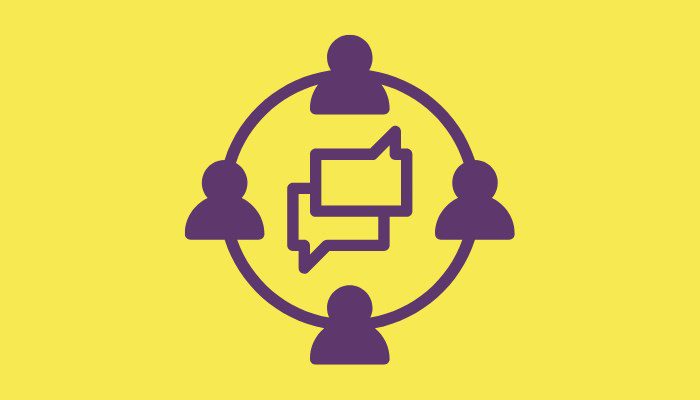
- Regular Meetings: Regular team meetings can help ensure everyone is on the same page and that important information is shared.
- Clear Expectations: Clear communication of goals, responsibilities, and deadlines can help ensure that everyone is working towards the same objectives.
- Feedback and Recognition: Providing regular feedback and recognition can help foster open communication and boost morale.
Tips to improve team communication in teams:
– Encourage open and honest communication
– Use clear and concise language
– Foster a culture of active listening
– Set clear communication expectations and guidelines.
Tools and apps for team communication in teams:
– Onethread: Onethread is a robust messaging platform that provides secure and efficient communication channels, real-time messaging, and advanced collaboration features for teams and organizations.
Slack: A messaging platform that enables real-time communication and collaboration among team members.
– Zoom: A video conferencing tool that allows teams to hold virtual meetings and webinars.
– Microsoft Teams: A collaboration tool that enables teams to chat, share files, and work together on documents.
Workload Management Techniques for Improved Team Productivity

Effective workload management can help teams prioritize tasks, balance workloads, and prevent burnout, leading to increased productivity and better overall performance.
Different workload management techniques for teams:
– Prioritization: Team members can prioritize tasks based on urgency and importance to ensure that the most critical tasks are completed first.
– Delegation: Delegating tasks to team members with the appropriate skills and experience can help distribute workload and increase productivity.
– Time Management: Time management techniques such as setting realistic deadlines and breaking down tasks into manageable parts can help team members manage their workload effectively.
Tips to improve workload management in teams:
– Clearly define roles and responsibilities
– Regularly review and adjust workload distribution
– Encourage open communication about workload and potential challenges
– Provide training and support for time management skills.
Tools and apps for workload management in teams:
–Onethread: Onethread tools is an all-inclusive software suite that may be used for a variety of business purposes. It includes project management, task tracking, collaboration tools, and integration with other common software packages.
– Trello: A project management tool that enables teams to manage tasks and workflows.
– Asana: A task management tool that helps teams organize and prioritize tasks.
– Google Calendar: A scheduling tool that enables teams to coordinate and manage their schedules.
Remote Team Productivity Tips
Remote teams refer to teams where members are located in different geographic locations and work together using technology to communicate and collaborate. With the rise of remote work, remote teams have become increasingly important in today’s globalized and digitized business landscape. However, remote teams also present unique challenges to productivity that need to be addressed in order to achieve optimal results.

Challenges of remote team productivity and how to overcome them:
Remote teams can face a number of challenges that can negatively impact productivity, including communication barriers, lack of team cohesion, and difficulty managing time and workloads. To overcome these challenges, it’s important to establish clear communication channels, maintain regular team meetings and check-ins, use collaborative tools and platforms, and establish clear goals and expectations.
Tips for boosting remote team productivity:
To boost remote team productivity, it’s important to establish a strong team culture, maintain open communication, set clear goals and expectations, and provide adequate training and support for team members. Other tips include establishing a routine and structure, taking regular breaks, and prioritizing work based on urgency and importance.
Tools and apps for remote team productivity:
There are a variety of tools and apps that can help remote teams stay organized, communicate effectively, and collaborate seamlessly. Some examples include project management tools like Onethread, Asana and Trello, video conferencing tools like Zoom and Microsoft Teams, and communication tools like Slack and Microsoft Teams. These tools can help remote teams stay connected, stay on top of tasks and deadlines, and achieve their goals more efficiently.
Agile Team Productivity Tips
Agile teams are becoming increasingly popular in modern workplaces as they are designed to be flexible and adaptable to changing project requirements. In this section, we will cover different agile methodologies and their impact on team productivity, tips for boosting agile team productivity, and tools and apps that can aid agile team productivity.

Different agile methodologies and their impact on team productivity:
1. Scrum: Scrum is a popular agile methodology that breaks down a project into smaller, manageable tasks that can be completed within short time frames, called sprints. This helps teams stay focused, prioritize tasks, and deliver high-quality work quickly and efficiently.
2. Kanban: Kanban is another popular agile methodology that visualizes the flow of work to help teams manage and improve their work processes. It focuses on optimizing the flow of work and improving team collaboration and communication to increase productivity.
3. Lean: Lean is an agile methodology that emphasizes continuous improvement and the elimination of waste. It helps teams stay focused on delivering value to the customer and eliminates unnecessary steps or processes that may hinder productivity.
Tips for boosting agile team productivity:
1. Encourage collaboration and communication: Agile teams work best when team members collaborate and communicate regularly. Encourage team members to share their progress, challenges, and ideas with each other to keep the project moving forward.
2. Prioritize tasks: Prioritize tasks based on their importance and urgency to ensure that the team is working on the most critical tasks first. This helps prevent delays and ensures that the team is working efficiently.
3. Embrace feedback: Agile teams are designed to be flexible and adaptable to changing requirements. Embrace feedback from customers and stakeholders and make changes to the project as needed to ensure that it meets their needs.
Tools and apps for agile team productivity:
1. Onethread: Onethread tools is a comprehensive software suite that offers a wide range of productivity features, including project management, task tracking, collaboration tools, and seamless integration with popular business applications.
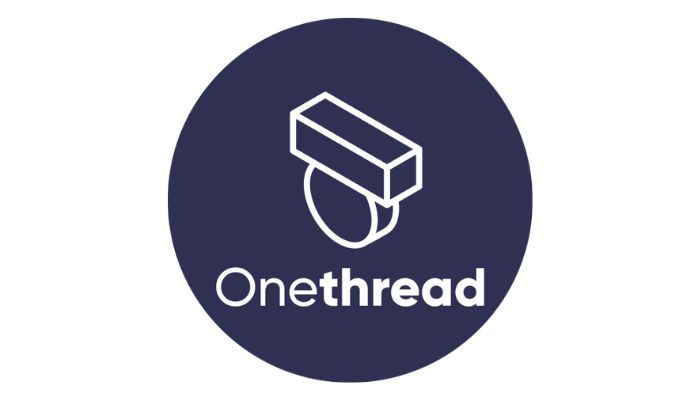
2. Jira: Jira is a popular project management tool that supports agile methodologies such as Scrum and Kanban. It helps teams plan and track their work, collaborate with team members, and stay focused on project goals.
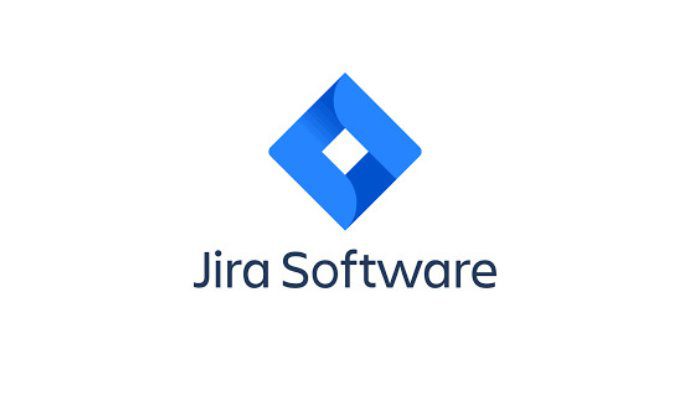
3. Trello: Trello is a visual project management tool that uses boards, cards, and lists to help teams organize and prioritize their work. It supports agile methodologies such as Kanban and is easy to use and customize.

4. Asana: Asana is a project management tool that supports agile methodologies such as Scrum and Kanban. It helps teams track their work, collaborate with team members, and stay focused on project goals.
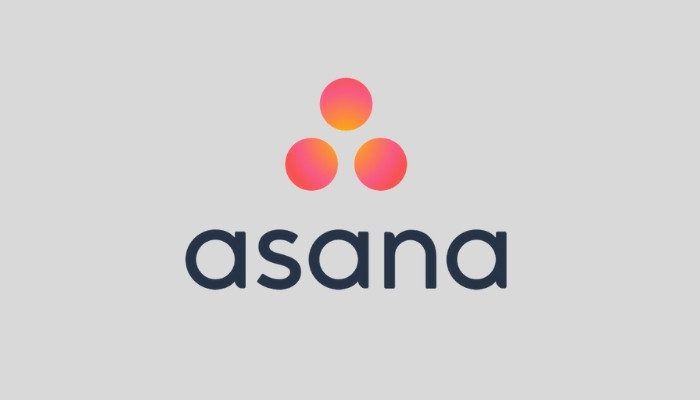
Final Words
In conclusion, team productivity is a crucial aspect of business success, and there are various tips and techniques that can help teams improve their productivity. Effective team management, time management, project management, task management, workflow management, communication strategies, workload management, remote team productivity, and agile team productivity are all key areas that teams should focus on to improve productivity. By implementing the tips and techniques discussed in this blog post, teams can work more efficiently and effectively, ultimately contributing to the success of their business. Remember to continuously evaluate and adjust productivity strategies as necessary to ensure that the team is constantly improving.
